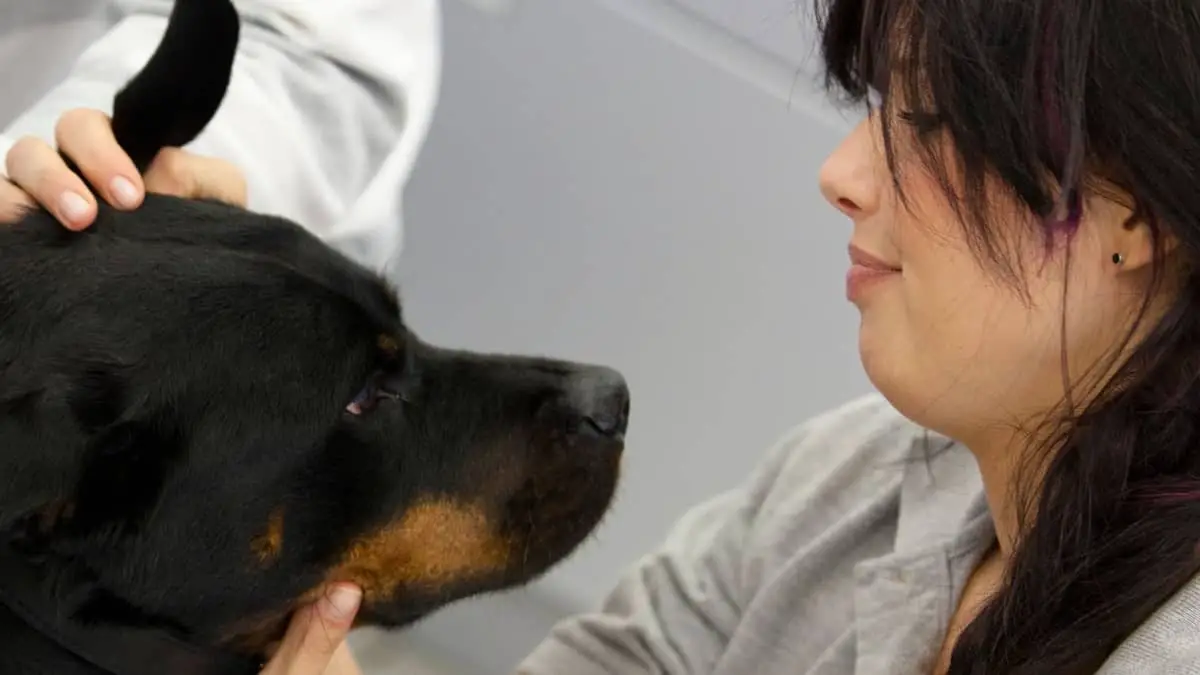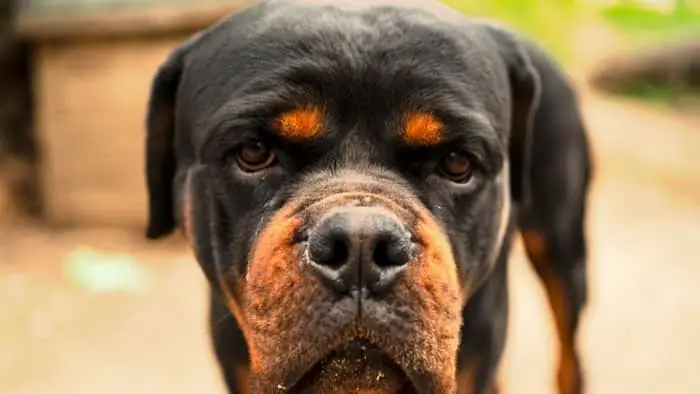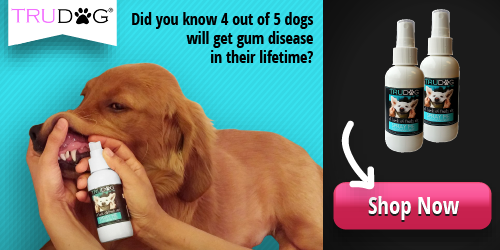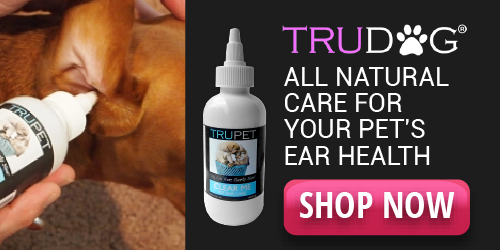Last Updated on April 1, 2024 by Julie Hayes
Entropion might sound like a big, scary word, but it’s luckily a treatable condition. Entropion in Rottweilers can occur just like with any other dog, which is why it’s important to inform yourself of the symptoms and possible ways of treatment.
In today’s article, we’ll be learning exactly what entropion is and how to treat it.
Table of Contents
What Is Entropion?
Entropion is an eye condition, manifesting as an eyelid abnormality, causing the eyelids to roll inwards. It sounds like a very touchy, painful problem, but it’s luckily treatable.
How does it work? Well, since the eyelid (or sometimes both eyelids on a single eye) rolls inwards, the tiny hairs on the eyelids will scratch the dog’s eyes, which is clearly very uncomfortable, not to mention painful.
It’s not uncommon for entropion to cause ulcers and perforations, but the good news is that there’s no rule as to how it occurs. Your dog has four eyelids (two per each eye), and entropion most often occurs with two eyelids (one per each eye) – it’s extremely rare for a dog to have entropion on four eyelids at the same time.
If your dog is suffering from entropion, you’ll notice that they’re squinting much more often, and they’ll even shut their eye completely to minimize pain. They’ll also be tearing much more. As already explained, some discharges can occur, but this is more rare.
Adult dogs are at much less of a risk of developing entropion, as this condition is much more common for puppies, usually less than a year old.
Learn more about: Why Do Rottweilers Have Eyebrows?
What Causes Entropion?
This condition can occur with pretty much any dog breed, but some dogs are genetically predisposed to develop entropion – Rottweilers aren’t one of those breeds. Experts believe that selective breeding, which is something that humans did to dogs as breeders, is one of the causes behind this genetic malformation.
Entropion can sometimes act as a symptom of other conditions and illnesses – it doesn’t have to be a condition on its own. For example, physical trauma, infection, and nerve damage can cause entropion (especially if it’s physical trauma to the head and face).
How Common Is Entropion In Rottweilers?
Even though Rottweilers can develop entropion, just like any other dog, they’re not particularly prone to it and your dog isn’t likely to develop it (especially if they already passed their first birthday). Rottweilers aren’t genetically conditioned to develop entropion and they don’t have any of the most common physical characteristics that entropion-prone dogs usually have.
Those characteristics are a flat face, skinfold, and big, bulging eyes. For example, English Bulldogs are much more prone to developing entropion.
Treating Entropion In Dogs
Even if your dog does develop entropion, the news are very good, as it can be easily treated.
To diagnose, your vet will conduct an ocular exam, after which you’ll know whether your dog has entropion for sure. Then, the next step is usually surgery. Even though you’ll have to use eye drops and ointments to minimize pain and discomfort – there is no home remedy or an alternative to surgery when it comes to entropion!
Entropion can take anything from single surgery to four different surgeries, depending on other factors, such as ulcers and pus. It will take your vet a single surgery to tighten the eyelids of your dog and take care of the excess skin that’s causing folds and entropion in return.
It’s 99% likely that the entropion won’t return after surgery. Since your vet will take care of the excess skin, there’s no skin to actually cause entropion.
After the surgery, you’ll need to care for the ulcers and pus – this is usually done with ointment, and you’ll be applying the ointment yourself. Your dog will be living with stitches for about two weeks, so you’ll need to apply some sort of ointment regularly to minimize discomfort and prevent them from touching the stitches.
Additionally, you’ll probably be using ointment even after the vet takes the stitches out, just to take care of the wound.
All in all, treating entropion is very simple and it’s a minor procedure that’s entirely successful in 99% of cases. The only worry is how long it took you to actually perform the surgery because if you wait too long, your dog could have long-term cornea damage.
Read more about: Why Are My Rottweiler’s Eyes Red?
FAQ
How do you treat entropion in dogs?
The only way to treat entropion in dogs is with surgery. Despite the myth, there are no home remedies to take care of entropion. The surgery is routine and minor, and most vets are more than capable of doing it properly. Surgeries are almost always successful and entropion doesn't return.
How serious is entropion in dogs?
Even though it isn't life-threatening, it's definitely incapacitating as it makes seeing very difficult, not to mention that it's very uncomfortable and painful. The only long-term risk is cornea damage, which can occur if you wait too long before taking your dog to the vet.
Can entropion correct itself?
No, it can't. Entropion is a malformation caused by genetics (for the most part) and it will only get worse if you leave it alone. You should take your dog to the vet if you suspect of entropion, as it won't correct itself.
How long does it take for a dog to recover from entropion surgery?
It takes about 12 to 14 days for the vet to take the stitches out - during this entire time, you'll have to apply medical ointment, and you'll likely be using it for a while after the stitches are out. In most cases, only one surgery is needed.
To Sum Up
Entropion is a condition affecting the eyelids, causing them to turn inwards. This causes the hairs to ‘poke’ the cornea, causing pain and discomfort. You’ll notice your dog keeping their eyes shut and tearing up excessively if they’re suffering from entropion. However, it’s easily fixable.
Entropion is taken care of through surgery, which is effective in 99% of cases. It’s important to react quickly, though, because waiting can cause long-term damage to the cornea.




